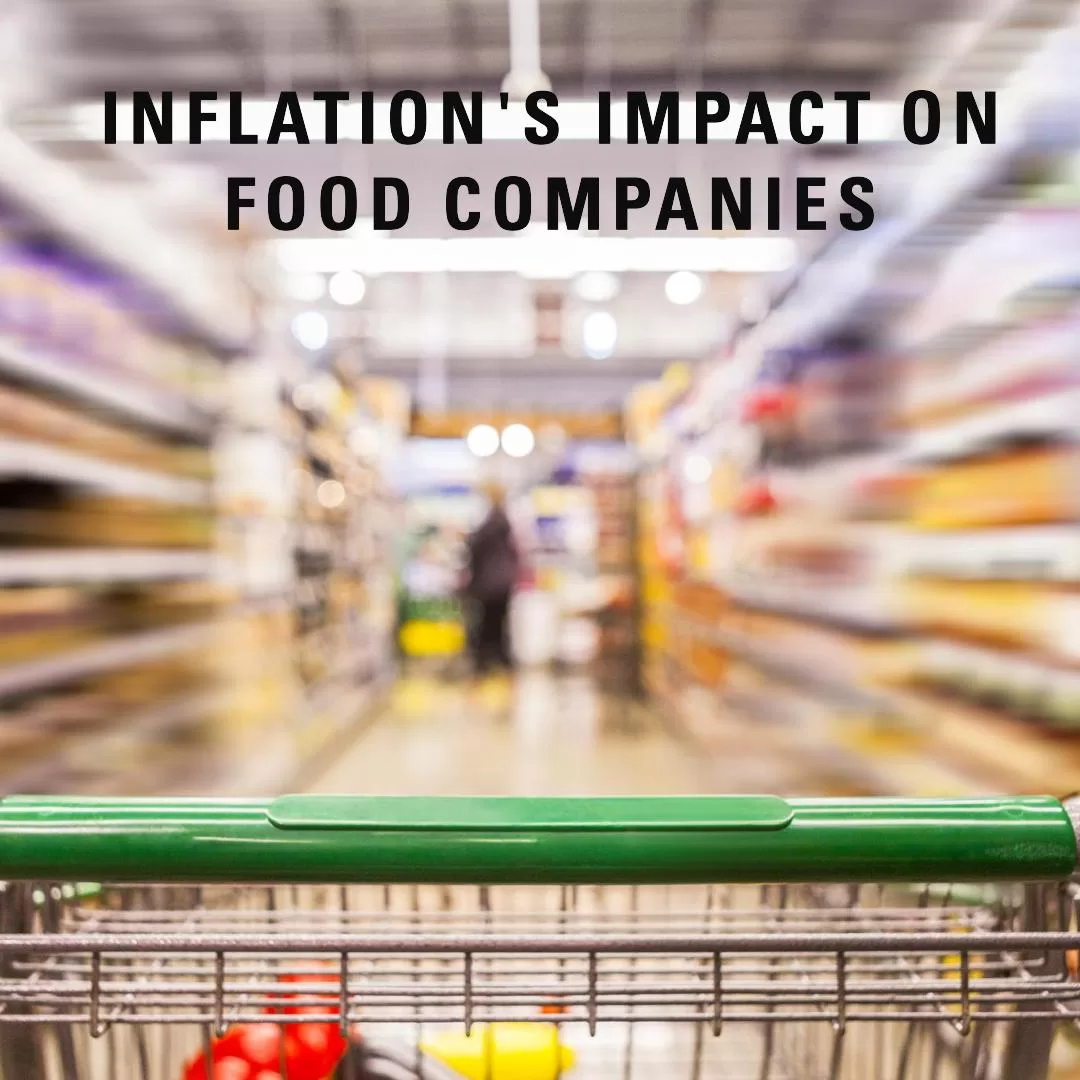Food companies continue to struggle with the lingering impacts of inflation, even as general inflation rates have begun to decline. The reasons behind persistent high food prices are multifaceted, encompassing supply chain disruptions, increased production costs, and corporate profit strategies.

Despite a decrease in overall inflation, food prices remain elevated due to a combination of factors such as higher costs for labor, transportation, and raw materials. For example, the cost of energy, which surged during the COVID-19 pandemic and was further exacerbated by geopolitical events like the Russian invasion of Ukraine, significantly impacted food production costs. This spike in energy prices led to increased costs for fertilizers and other agricultural inputs, driving up the prices of both processed and unprocessed foods (European Central Bank) (Northeastern Global News).
Moreover, many food companies have taken advantage of inflationary pressures to enhance their profit margins. Corporations like Tyson Foods and Kroger have reported substantial profit increases through price hikes that exceed their rising costs, suggesting a degree of price manipulation. This practice is evident in instances where companies have also engaged in significant stock buybacks and dividend increases, benefiting shareholders at the expense of consumers (Jacobin).
Consumers are acutely feeling these effects, with grocery prices remaining high and eating out becoming more expensive. For instance, food prices in supermarkets are now about 25% higher than in January 2020, which is above the overall inflation increase of 19% during the same period (Northeastern Global News). This sustained price elevation in essential goods has put a strain on household budgets, particularly impacting lower-income families.
In summary, the high food prices seen today are a result of complex and interrelated factors, including lingering supply chain issues, increased production costs, and strategic corporate behaviors aimed at maximizing profits. These elements collectively ensure that food companies, and by extension consumers, continue to bear the financial burden of past inflationary periods (Jacobin) (BNN).
4o

Pingback: Inflation’s Impact on Small Business | C. Lehnes Factoring